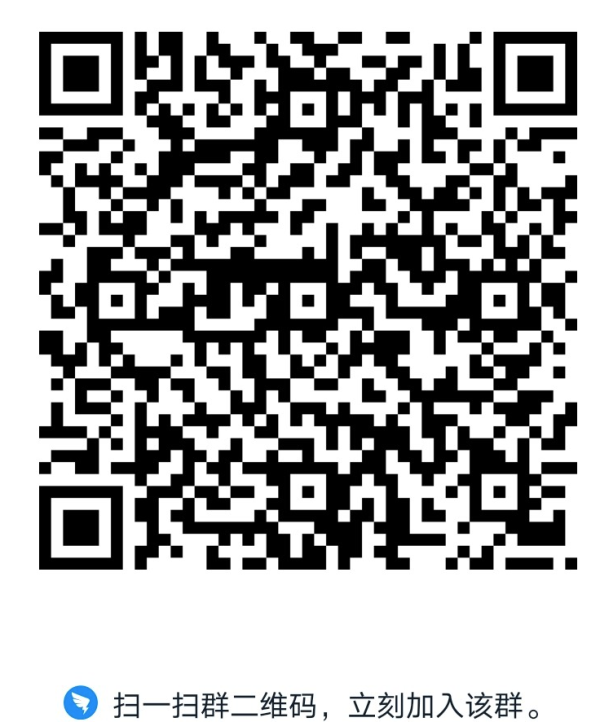
在初始化的过程中 用户创建相关的用户声纹表。同时 给表的向量列加入向量索引 来加速查询过程。当前声纹模型输出的都是400维的向量 所以索引参数dim设置为400。
--创建用户声纹表 CREATE TABLE person_voiceprint_detection_table( id serial primary key, name varchar, voiceprint_feature float4[] --创建向量索引 CREATE INDEX person_voiceprint_detection_table_idx ON person_voiceprint_detection_table USING ann(voiceprint_feature) WITH(distancemeasure L2,dim 400,pq_segments 40);
第二步 注册用户声音。
在注册的过程中 注册一个用户 插入一条记录到当前系统中。
--注册用户 张三 到当前的系统中。 --通过HTTP服务 将声纹转化成相关的向量。 INSERT INTO person_voiceprint_detection_table(name, voiceprint_feature) SELECT 张三 , array[-0.017,-0.032,...]::float4[])
第三步 检索或验证用户声音。
声纹门锁验证 1:1 验证 在验证系统中 系统会得到用户的标识信息 user_id 在声纹库中计算输入的声音向量和库里该用户的声音向量的距离。一般系统会设置一个距离阈值 threshold 550 如果向量之间的距离大于这个阈值 说明验证失败。如果小于阈值 说明声纹验证成功。
-- 声纹门锁检测(1:1)验证 SELECT id, -- 用户id信息 name, -- 用户姓名 l2_distance(voiceprint_feature, ARRAY[-0.017,-0.032,...]::float4[]) AS distance -- 向量距离 FROM person_voiceprint_detection_table -- 用户声音表 WHERE distance threshold -- 通常情况下 threshold为550 AND id user_id -- 用户要验证的id;
会议声纹检索 1:N 检测 系统通过识别当前讲话人的声音 会返回最相关的注册用户信息。如果没有返回结果 说明当前会议说话人不在声纹库里面。
-- 声纹会议人员识别(1:N)验证 SELECT id, -- 用户id信息 name, -- 用户姓名 l2_distance(voiceprint_feature, ARRAY[-0.017,-0.032,...]::float4[]) AS distance -- 向量距离 FROM person_voiceprint_detection_table -- 用户声音表 WHERE distance threshold -- 通常情况下 threshold为550 ORDER BY voiceprint_feature - ARRAY[-0.017,-0.032,...]::float4[] -- 利用向量进行排序 LIMIT 1; -- 返回最相似的结果结尾
详细的声纹模型以及相关的AnalyticDB系统请加我们的钉钉群 欢迎大家讨论和使用。

参考文献
[1] Aishell Data set. https://www.openslr.org/33/
[2] TIMIT Data set.
http://academictorrents.com/details/34e2b78745138186976cbc27939b1b34d18bd5b3/
[3] Najim Dehak, Patrick Kenny, Réda Dehak, Pierre Dumouchel, and Pierre Ouellet, “Front-end factor analysis for speaker verification,” IEEE Transactions on Audio, Speech, and Language Processing, vol. 19, no. 4, pp. 788–798, 2011.
[4] David Snyder, Daniel Garcia-Romero, Daniel Povey and Sanjeev Khudanpur, “Deep Neural Network Embeddings for Text-Independent Speaker Verification”, Interspeech , 2017 :999-1003.
[5] Anton, Howard (1994), Elementary Linear Algebra (7th ed.), John Wiley Sons, pp. 170–171, ISBN 978-0-471-58742-2
往期文献
[1] 戴口罩也能刷门禁 疫情下AnalyticDB亮出社区管理的宝藏神器 https://developer.aliyun.com/article/745160
[2] 阿里云提供高效基因序列检索功能 助力冠状病毒序列快速分析
https://developer.aliyun.com/article/753097
[3] 阿里云提供高效病原体检测工具助力精准医疗
https://yq.aliyun.com/articles/761891
Topic Topic是一类消息的集合,是一种逻辑上的分区。为什么说是逻辑分区呢?因为...
本文转载自微信公众号「五分钟学大数据」,作者园陌 。转载本文请联系五分钟学大...
本文转载自微信公众号「菜鸟飞呀飞」,作者刘进坤。转载本文请联系菜鸟飞呀飞公...
转载自 https://github.com/maemual/raft-zh_cn/blob/master/raft-zh_cn.md 1 介...
TOP云 (west.cn)3月2日消息,昨天早上sedo平台经纪人Frank Tillmanns在脸书上...
分布式应用运行时Dapr目前已经发布了1.1.0版本,阿里云也在积极地为Dapr贡献代码...
云服务器是否有图形界面? CentOS 6系列弹性云服务器如何安装图形化界面? CentO...
1.考历史的时候,我莫名的有一种沉重感,因为我就要改变历史了。 2.女人是书,...
XSS 攻击 xxs 攻击英文全称是 Croess SiteScripting ,意思就是跨站脚本攻击。是...
本文转载自微信公众号「HelloGitHub」,作者HelloGitHub。转载本文请联系HelloGi...